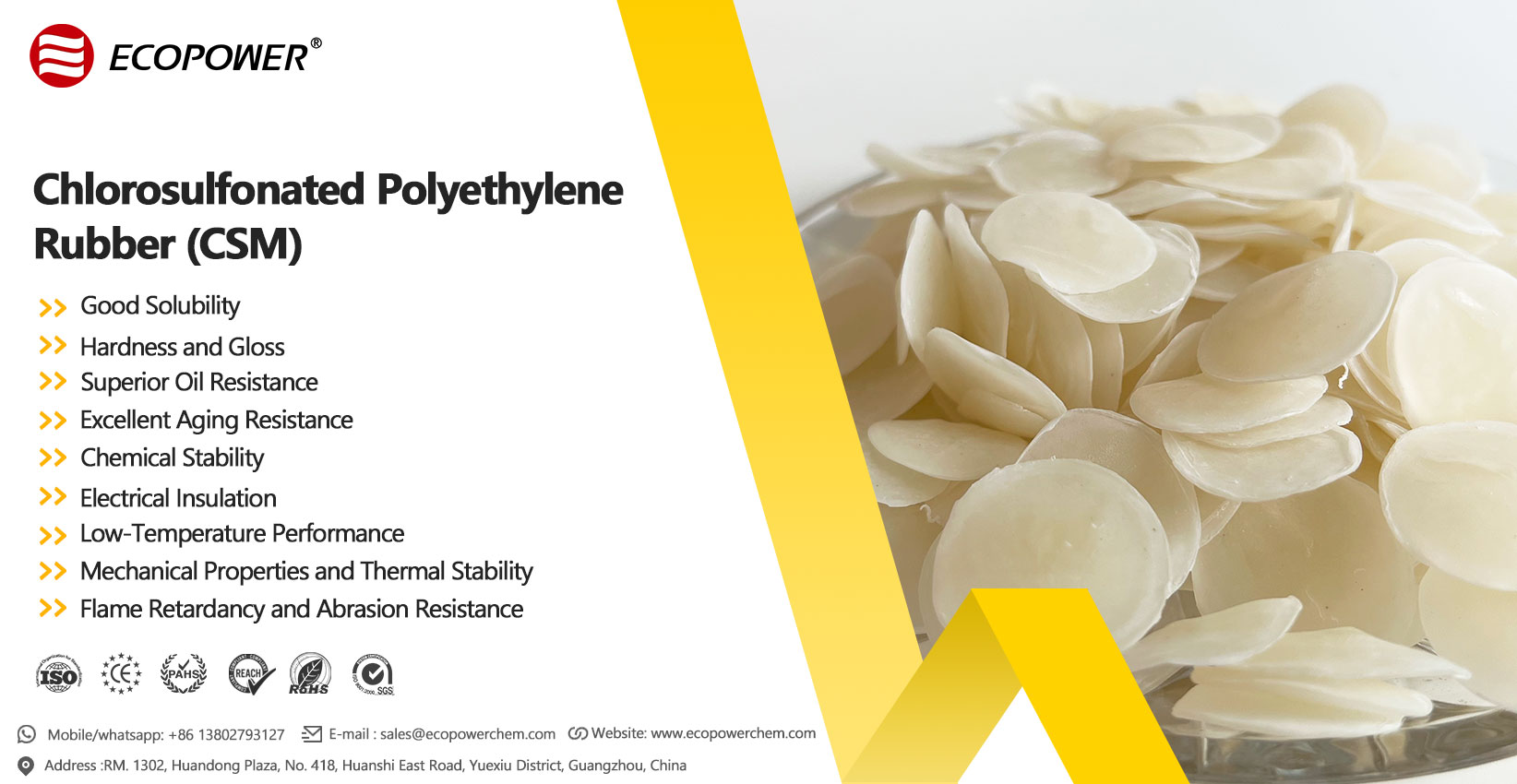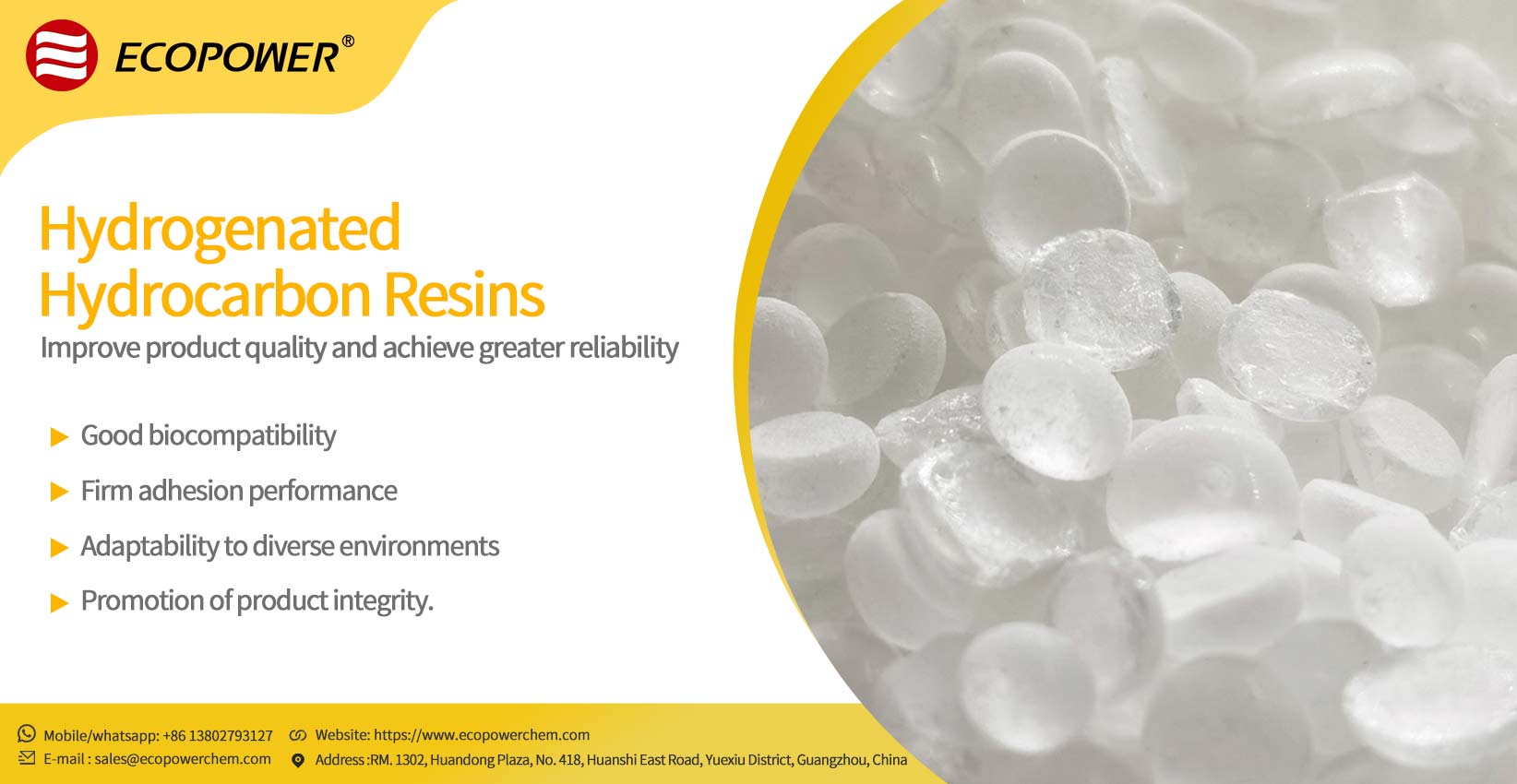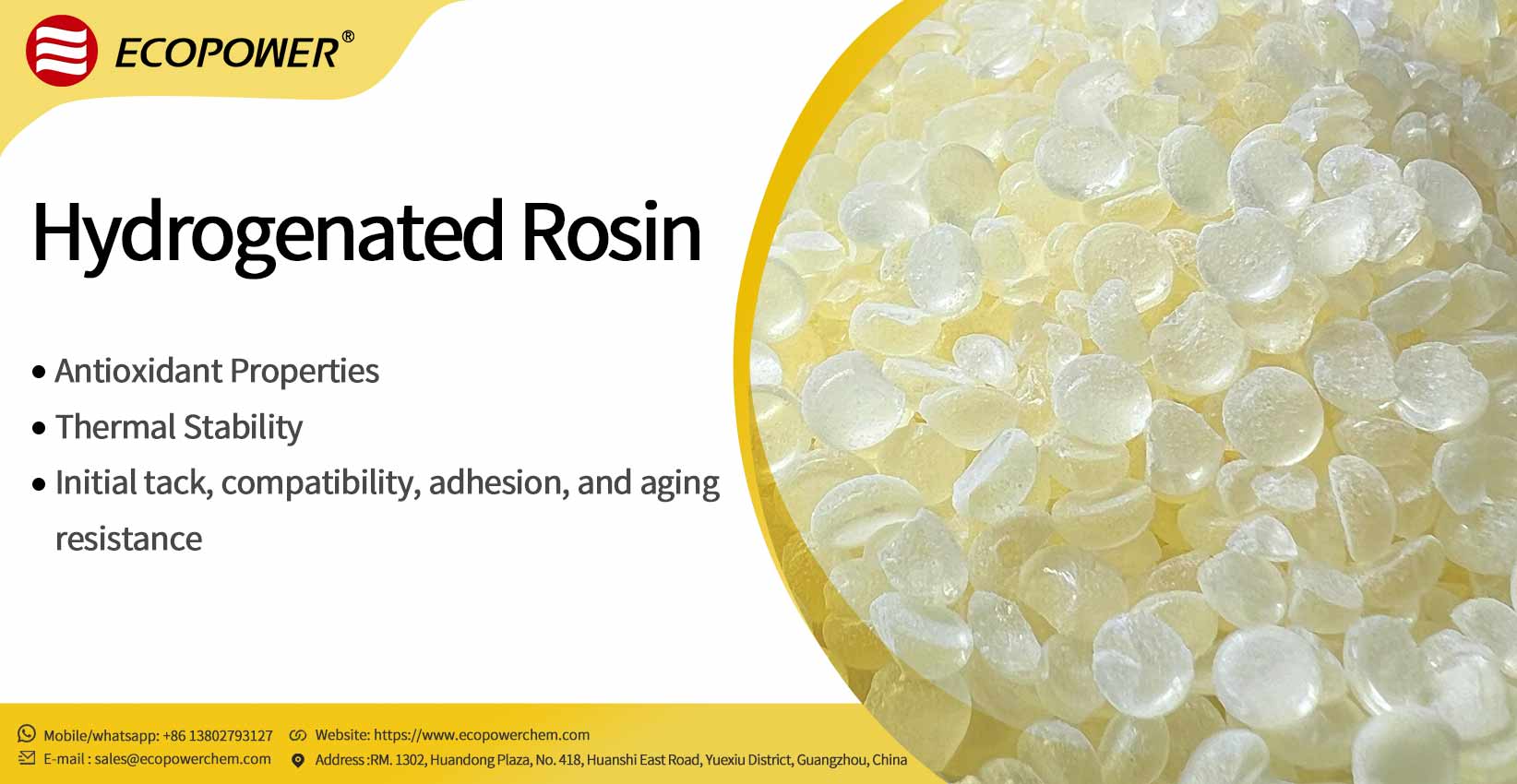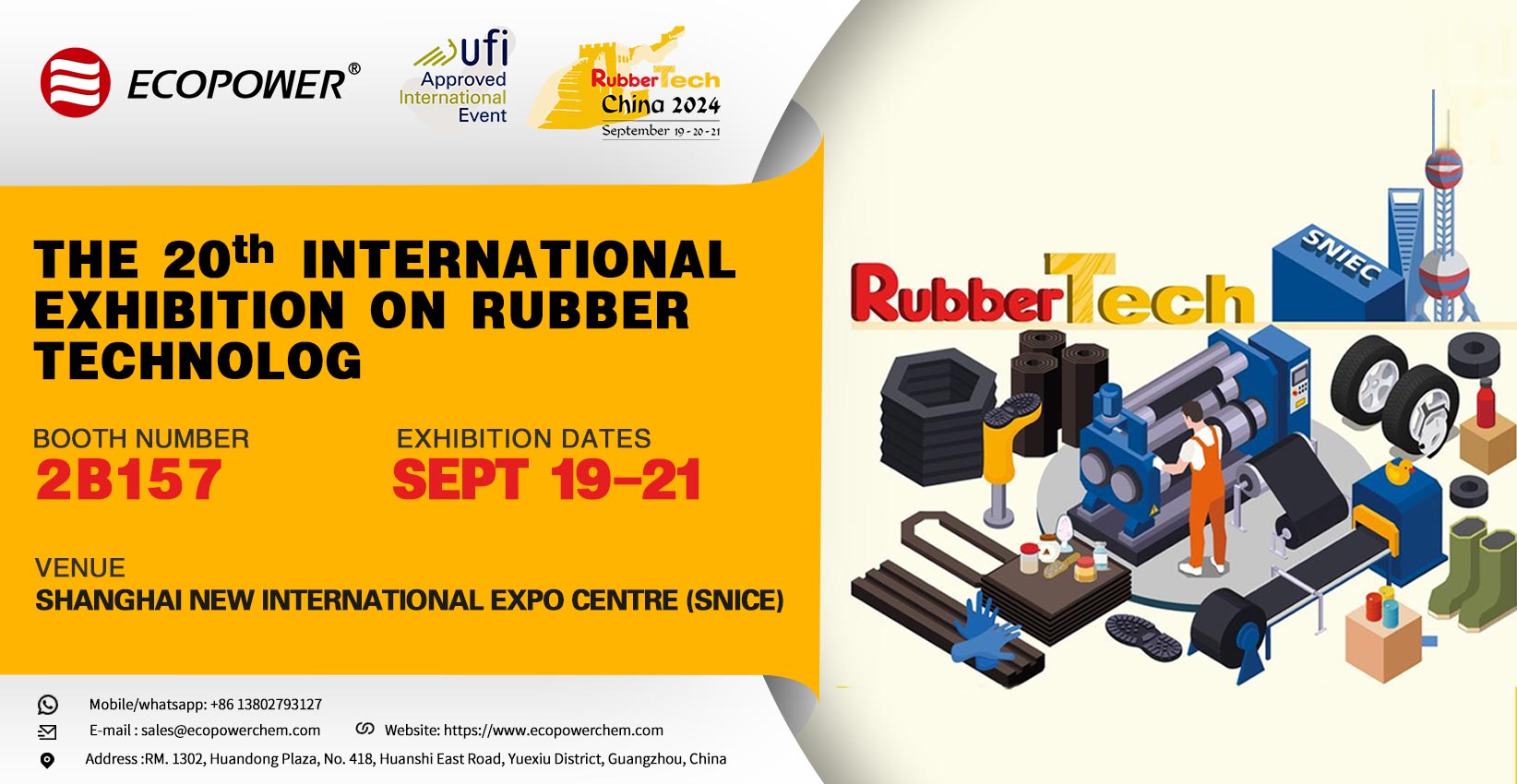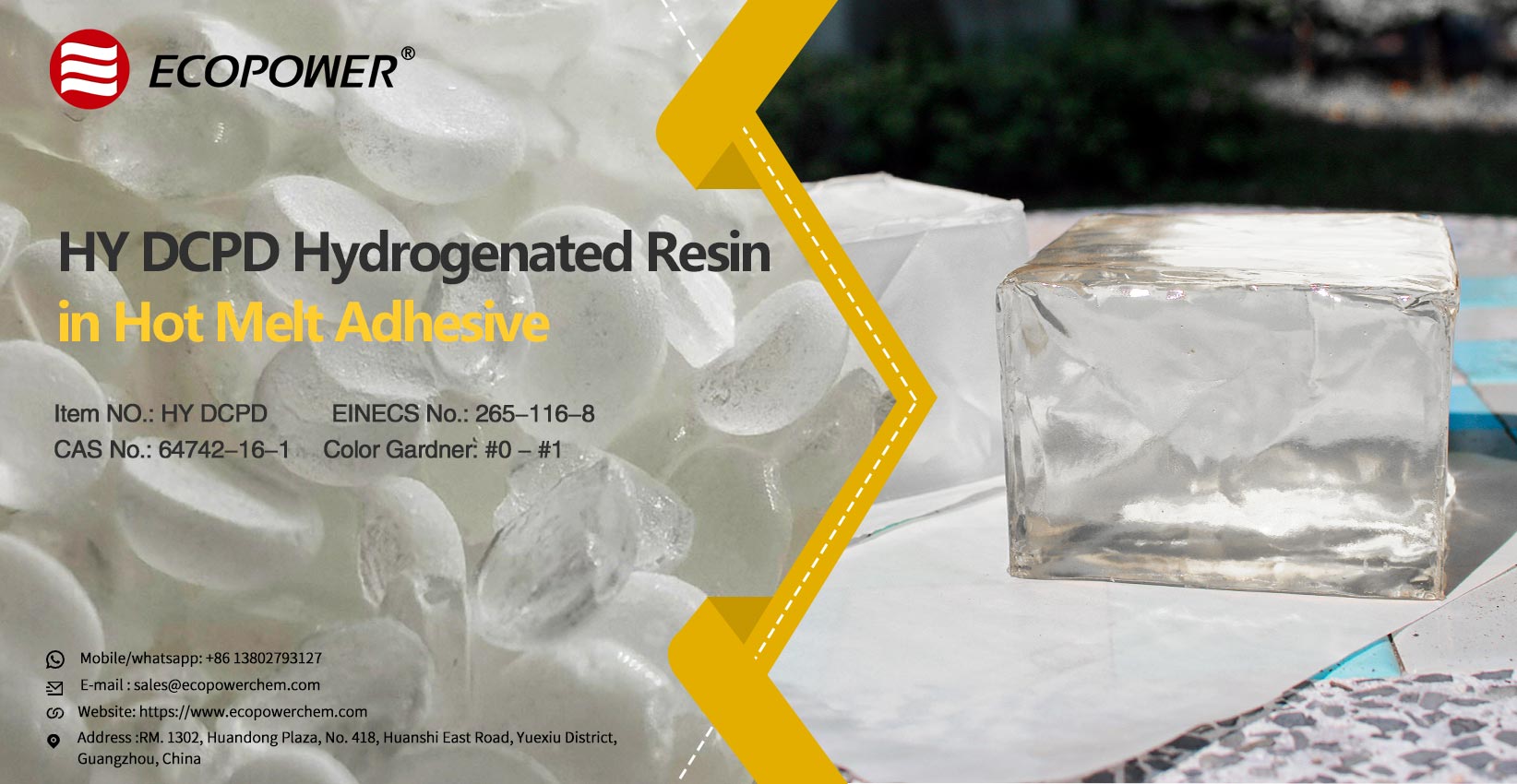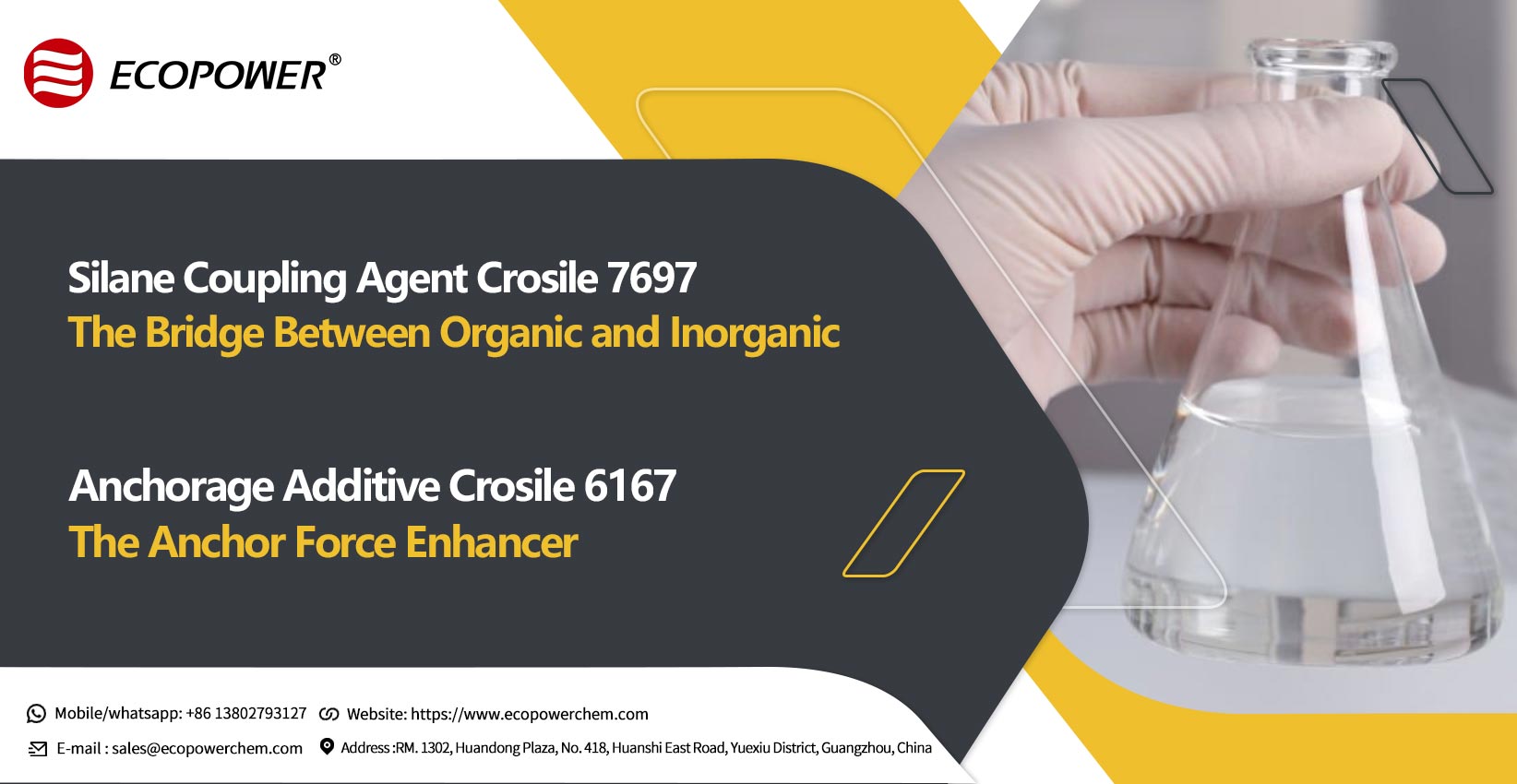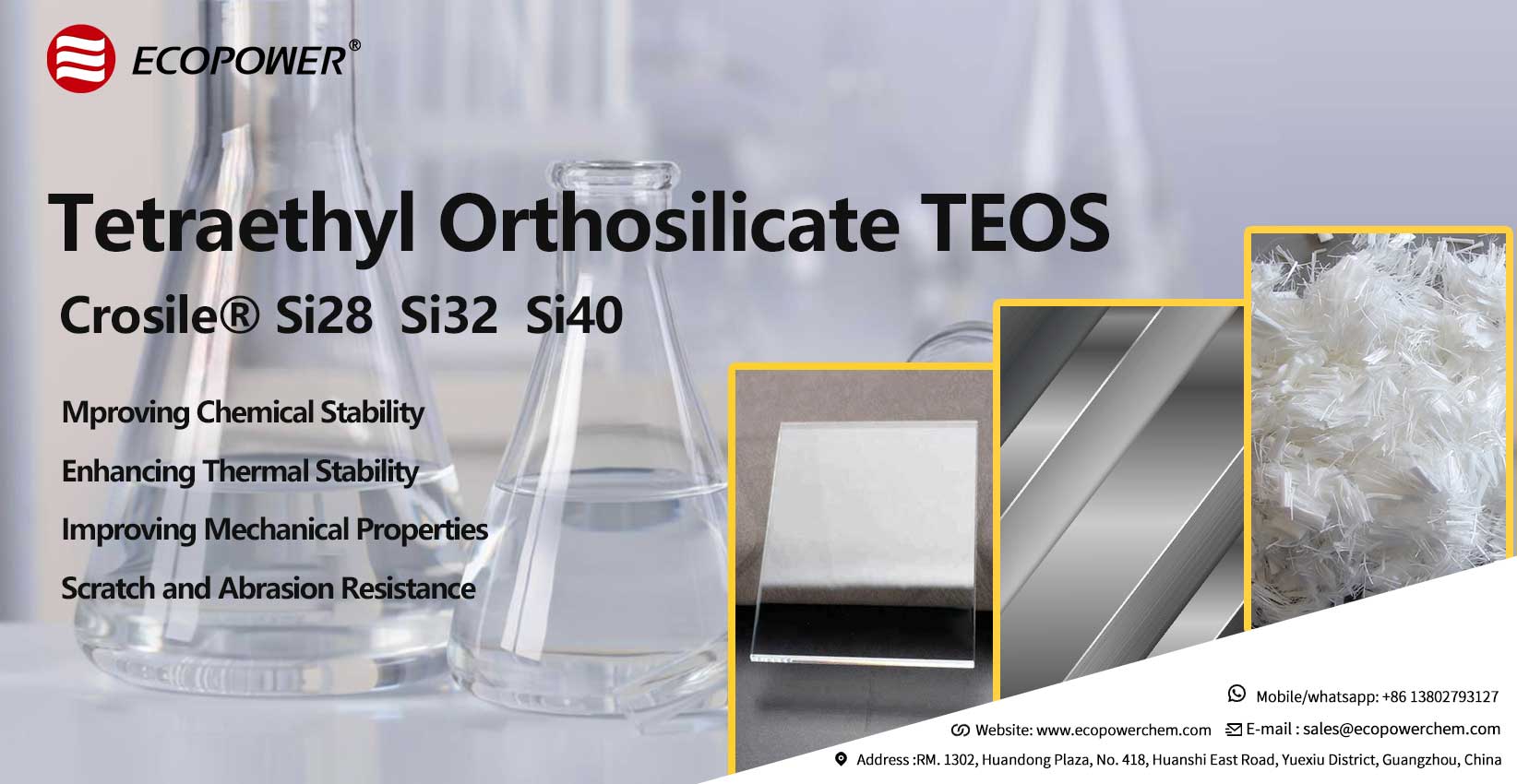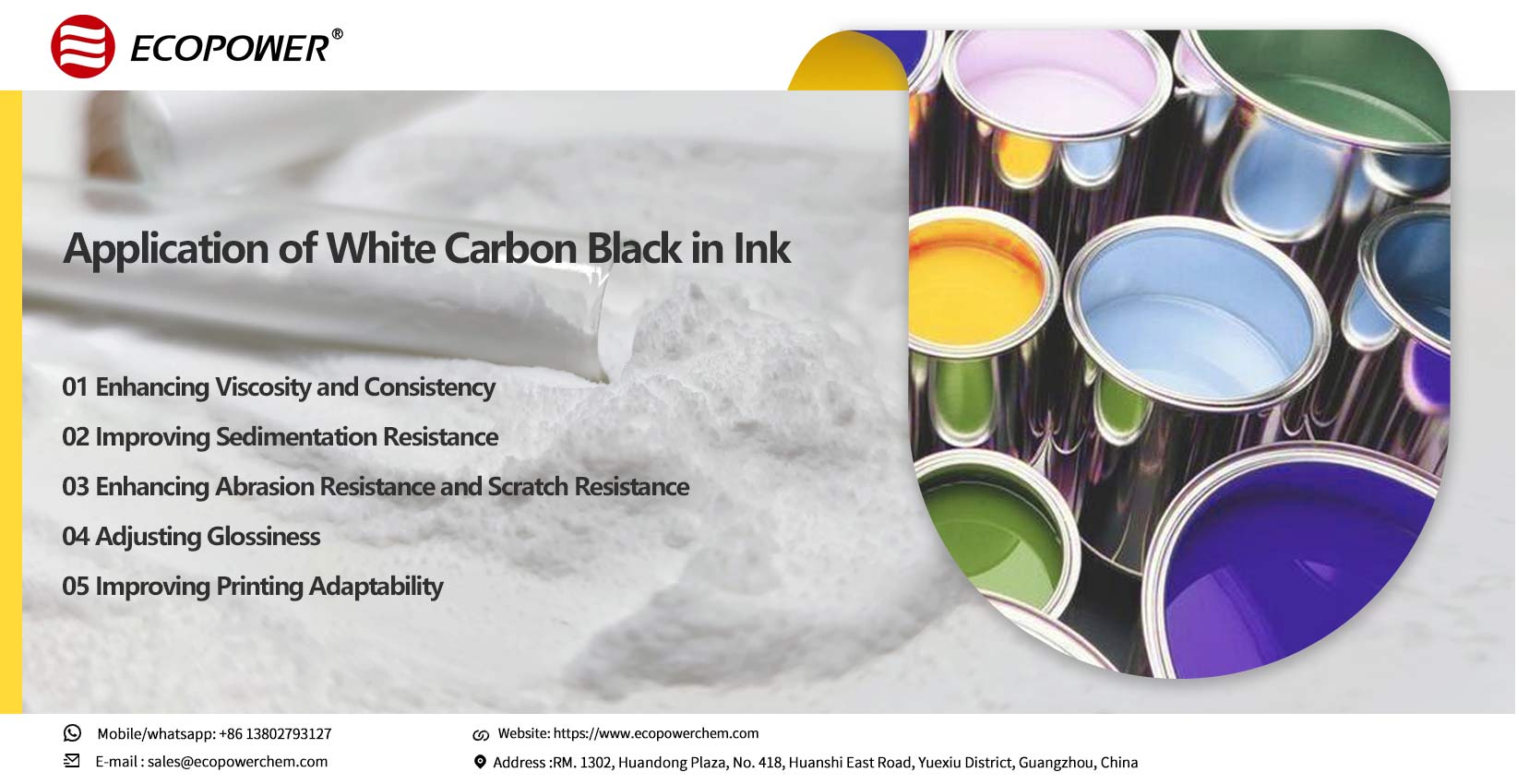Aug / 13, 2024
Hydrogenated Rosin: A Key Component Across Multiple Industries
Hydrogenated rosin, as a versatile modified product of rosin, finds extensive and crucial direct applications across various industries. Below are detailed explanations of its applications in the sectors you mentioned: Electronics Industry In the electronics industry, Modified Rosinate P 100L is utilized to produce high-performance modified rosins, which are further processed into soldering fluxes. These fluxes exhibit superior soldering performance, ensuring robust connections between electronic components. They also demonstrate high reliability post-welding, with no corrosive effects on electronic components. Additionally, they possess excellent resistance to humidity, heat, and mold, which is crucial for enhancing the overall quality and extending the lifespan of electronic products. Adhesive Industry In the adhesive industry, Pentaerythritol rosinate is widely used due to its excellent plasticizing properties. It serves as an effective thickener and plasticizer in hot-melt adhesives, pressure-sensitive adhesives, and rubber-based adhesives, enhancing their viscosity and adhesion strength. Particularly in the manufacture of sealing and packaging materials, hydrogenated rosin significantly improves the sealing properties and durability of these materials. Paint and Coatings Industry The paint and coatings industry represents another significant application area for hydrogenated rosin. Automotive paints formulated with deeply hydrogenated rosin as a raw material not only retain vivid and long-lasting colors but also exhibit excellent weather resistance and anti-aging properties, maintaining the gloss and aesthetics of vehicle bodies over time. Furthermore, hydrogenated rosin can be used to produce solvent-free, environmentally friendly waterproof paper coatings that are not only eco-friendly but also highly effective in preventing water penetration, making them widely applicable in packaging, construction, and other sectors. Food Industry In the food industry, Penta Rosinate plays a vital role. It serves as a matrix material for chewing gum, enabling the gum to maintain consistent taste and color during prolonged storage. Additionally, hydrogenated rosin can be utilized in the production of fruit protective coatings that form a protective layer on the fruit surface, preventing moisture loss and external contamination, thereby extending the fruit's shelf life. Paper Industry In the paper industry, hydrogenated rosin is employed to produce high-quality paper with excellent water resistance and lightfastness. This type of paper is ideal for applications requiring high waterproof performance, such as maps and nautical charts, as well as for documents and materials that need to be preserved for extended periods due to its good lightfastness. Specifications Specifications Hydrogenated Rosin Color, Lovibond ≤0.3 Fe Co Color ≤1 Softening Point (R&B)oC ≥78 Acid Value, mgKOH/g ≥170 Abietic acid, % ≤2.0 Dehydroabietic a...
View More
 Whatsapp us
Whatsapp us
